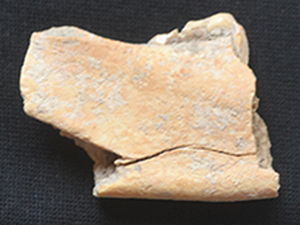No CrossRef data available.
Published online by Cambridge University Press: 11 October 2023

In ancient Near Eastern iconography, panthers and lions were frequently used to express social status. The zooarchaeological remains of panthers and lions found in this region, however, are most commonly interpreted only as evidence for the management of dangerous animals. Starting with the faunal material from Iron Age Tel Burna, the authors collate and analyse zooarchaeological evidence for big cats across the Near East, from the Neolithic to the Iron Age (c. 9500–50 BC). The results show a shift in assemblage composition and find contexts starting in the Chalcolithic period, indicating the display of these animals by political leaders. The results also urge caution in the use of archaeological remains for reconstructing the natural ranges of big cats.